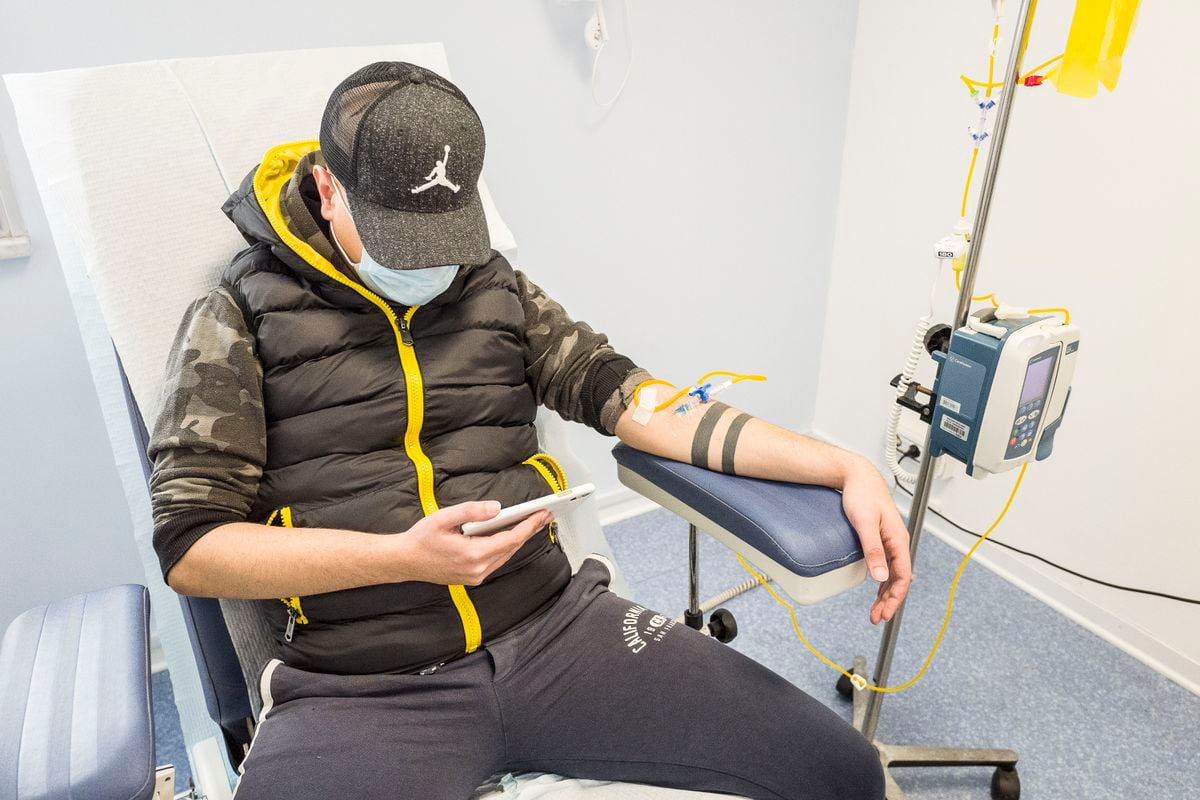A leading indicator calculator should be able to predict incidences of the individual regions using different values.
This could help in the selection of easing measures.
Berlin - In October, the Central Institute for Statutory Health Insurance (Zi) developed an early indicator as a navigation aid for pandemic management.
These leading indicators use a formula to calculate, among other things, when a district or federal state has reached a certain target incidence.
This “incidence calculator” could therefore predict when and in which district certain Corona * loosening could occur.
Corona: Zi early indicator calculator gives hazard values and dates for target incidences
Several values can be read from the leading indicators of the Zi. On the one hand, they indicate a so-called "advance warning time" on their website. This indicates the number of days in which the capacity limit of the inpatient treatment options is reached. This value is currently 34 days. "In addition, the indicator can help to make decisions on the selection of measures for pandemic management, weighing up competing risks," said the Zi CEO.
These leading indicators are calculated using different values.
In addition to the reproduction number R * (R value) and the corona * incidence rate, the age-specific and intensive care treatment rates and the free capacities in the intensive care units also count.
Another leading indicator shows the date on which a certain target incidence (35/50/100 or 165) is reached in which district.
"Incidence calculator": Indicators arise from the incidence figures and the current R-value
To do this, the developers use "the current seven-day incidence * and the current R-value".
They point out: “For a current R value greater than or equal to 1, a lower target incidence cannot be achieved.” This means that the R value must be below 1, otherwise the target incidences mentioned, such as 50, will never be achieved .
Their current calculations can be read out in a table in the Zi.
Most of the federal states in Germany currently have an R value of over 1, so no date can yet be calculated for the target incidences.
But the first values can already be seen in the rural and urban districts.
These could make planning easier in the event of any relaxation.
However, the values do not represent an exact forecast for future development, as this also depends on other factors.
"Incidence calculator" of the Zi: In some quarters, the value will soon be below 50?
For some districts, the leading indicator calculates that the incidence will fall below 50 in May.
For example the district of Munich.
According to the calculator, the Munich district will have an incidence below 100 on May 7th and below 50 on May 27th. In the city of Munich, it seems to take a little longer with the current incidence and R value.
The leading indicator sees an incidence below 100 for May 22nd and an incidence below 50 only in July.
Dachau, Garmisch-Patenkirchen, Greiz, Heidelberg, Helmstadt, Starnberg *, Trier and a few others will also reach an incidence below 50 in the next few weeks - at least according to the Zi calculator.Even Hamburg is expected to have an incidence of below 50 on May 23 be able to show.
Berlin also has an R-value below 1. For the capital, the indicator states that if the current figures remain, the Berlin incidence will be below 100 on June 18.
Once the R-value and the seven-day incidence continue to decrease, the date indicated may change as well.
The indicator also shows an interesting result for the former Corona hotspot Hof.
There the incidence in the rural and urban district is still well over 200. However, the R value is below 1, namely at 0.88 (rural district) and 0.92 (city).
The indicator calculates for the district that the incidence will fall below 100 on June 4th.
In the city, the indicator only predicts an incidence below 100 at the end of June.
(Tkip) * Merkur.de / bayern is an offer from IPPEN.MEDIA
List of rubric lists: © Rüdiger Wölk / IMAGP












/cloudfront-eu-central-1.images.arcpublishing.com/prisa/KMEYMJKESBAZBE4MRBAM4TGHIQ.jpg)

